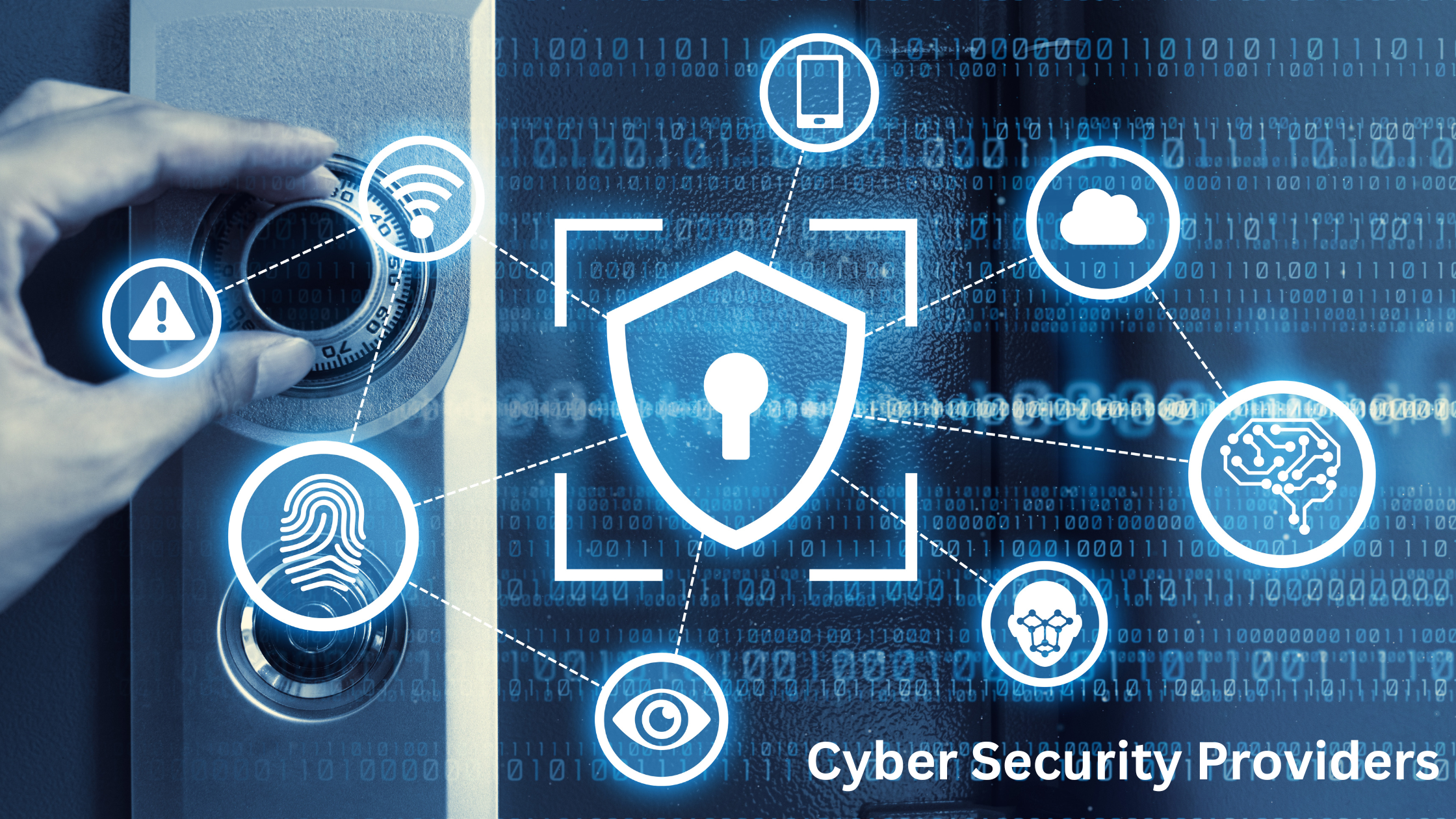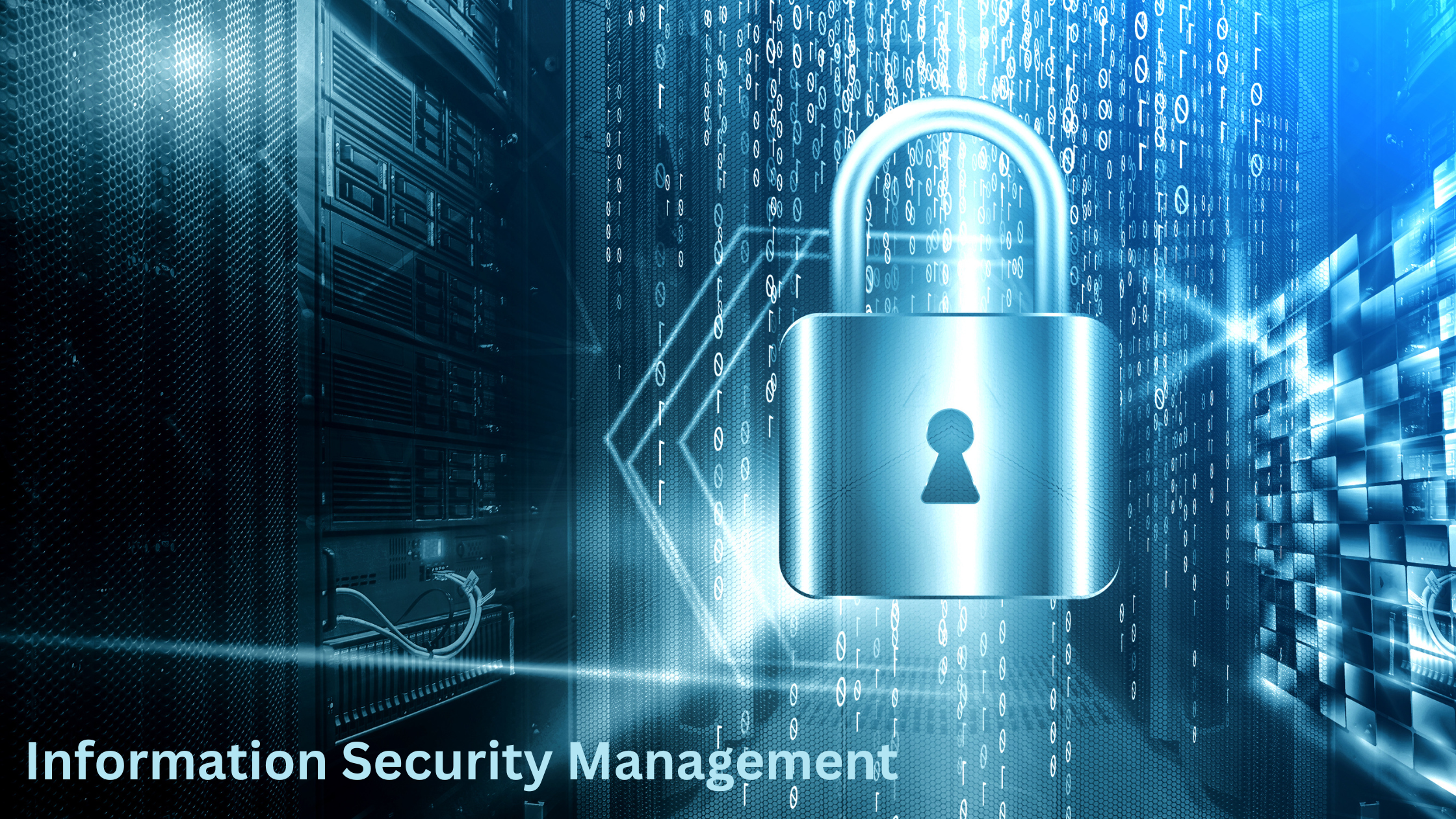How Do Cyber Security Providers Manage Network Security?
In today’s digital landscape, securing a network against cyber threats is a critical priority for businesses of all sizes. Cybersecurity providers play a vital role in protecting organizations from potential cyberattacks, ensuring data safety, and maintaining trust. Understanding how these providers manage network security is essential for any business that wants to safeguard its digital assets. This blog will explore the comprehensive approach that cybersecurity providers take to manage network security, emphasizing the key components and strategies involved.
Introduction to Network Security Management
Network security management refers to the policies, procedures, and practices designed to protect a network from unauthorized access, misuse, malfunction, modification, destruction, or improper disclosure. Cybersecurity providers in Mohali employ a variety of tools and techniques to achieve this goal. These methods are essential for ensuring that sensitive data remains protected and that the integrity, confidentiality, and availability of network resources are maintained.
The Role of Cybersecurity Providers
Cybersecurity providers are specialized companies or teams that offer security services to protect networks, systems, and data from cyber threats. These providers have the expertise and tools needed to monitor, detect, and respond to potential security incidents. By partnering with cybersecurity providers, businesses can ensure their network security is managed efficiently and effectively, reducing the risk of cyberattacks and data breaches.
Key Components of Network Security
1. Firewall Protection
A firewall serves as a protective shield between your internal network and external networks, such as the Internet. Cybersecurity providers implement firewall solutions to monitor and control incoming and outgoing network traffic based on predetermined security rules. This first line of defense is critical in preventing unauthorized access to the network.
- Next-Generation Firewalls (NGFW): These advanced firewalls go beyond traditional packet filtering to include features like deep packet inspection, intrusion prevention systems (IPS), and application awareness.
2. Intrusion Detection and Prevention Systems (IDPS)
Intrusion Detection Systems (IDS) and Intrusion Prevention Systems (IPS) are crucial in detecting and preventing malicious activities within the network. While IDS identifies suspicious activities and raises alerts, IPS takes proactive measures to block detected threats in real-time.
- Behavioral Analysis: Cybersecurity providers often use behavioral analysis to monitor network traffic patterns, identifying deviations that could indicate a security threat.
3. Endpoint Security
Endpoints, such as laptops, smartphones, and other devices connected to the network, are often targets for cyberattacks. Cybersecurity providers manage endpoint security by deploying antivirus software, anti-malware programs, and encryption tools to protect these devices from threats.
- Endpoint Detection and Response (EDR): EDR tools are used to continuously monitor and collect data from endpoints, providing real-time visibility and quick responses to threats.
4. Virtual Private Network (VPN)
A Virtual Private Network (VPN) creates a secure tunnel for data transmission between a device and the network. Cybersecurity providers often recommend and manage VPNs to ensure that remote connections to the network are secure, especially for employees working from remote locations.
- SSL VPNs: Secure Sockets Layer (SSL) VPNs are widely used by cybersecurity providers to encrypt data and protect it from interception during transmission.
5. Network Segmentation
Network segmentation involves dividing a network into smaller, isolated segments to limit access to critical resources. Cybersecurity providers implement network segmentation to contain potential breaches and prevent attackers from moving laterally across the network.
Micro-Segmentation: This advanced form of network segmentation uses software-defined policies to provide even more granular control over traffic within the network.
Strategies Employed by Cybersecurity Providers
1. Continuous Monitoring and Threat Detection
One of the primary responsibilities of cybersecurity providers is to continuously monitor the network for potential threats. This involves using advanced threat detection tools, artificial intelligence, and machine learning algorithms to identify suspicious activities in real-time.
- Security Information and Event Management (SIEM): SIEM systems collect and analyze security data from various sources, allowing cybersecurity providers to detect and respond to security incidents promptly.
2. Vulnerability Management
Vulnerability management is the process of identifying, evaluating, and addressing security weaknesses in the network. Cybersecurity providers perform regular vulnerability assessments and penetration testing to ensure that any potential vulnerabilities are discovered and mitigated before they can be exploited.
- Patch Management: Keeping software and systems updated with the latest security patches is a critical part of vulnerability management.
3. Incident Response and Management
Rapid and effective action is essential when a security incident occurs. Cybersecurity providers have well-defined incident response plans that outline the steps to be taken in the event of a breach. This includes identifying the source of the breach, containing the threat, and restoring normal operations as quickly as possible.
- Incident Response Teams (IRT): Dedicated IRTs are deployed by cybersecurity providers to manage and mitigate the impact of security incidents.
4. Data Encryption
Data encryption is the method of converting information into a coded format to prevent unauthorized access. Cybersecurity providers use encryption techniques to protect sensitive information both at rest and in transit, ensuring that even if data is intercepted, it cannot be read without the decryption key.
End-to-End Encryption: This method ensures that data is encrypted from the sender to the receiver, providing a high level of security for communications
The Importance of Cybersecurity Training
In addition to technical measures, cybersecurity providers also emphasize the importance of training employees on security best practices. Human error is often a weak link in network security, so educating staff on how to recognize phishing attempts, use strong passwords, and follow security protocols is essential.
- Phishing Simulations: Cybersecurity providers often conduct phishing simulations to test employees’ ability to recognize and avoid phishing attacks.
Managed Security Services
For businesses that lack the in-house expertise to manage network security, cybersecurity providers offer managed security services. These services include everything from threat monitoring and incident response to compliance management and security consulting.
- 24/7 Security Operations Center (SOC): Many cybersecurity providers operate a SOC that continuously monitors clients’ networks for threats, providing round-the-clock protection.
The Role of Compliance in Network Security
Compliance with industry regulations and standards is a critical aspect of network security. Cybersecurity providers help businesses comply with standards such as GDPR, HIPAA, and PCI DSS by implementing the necessary security measures and conducting regular audits.
- Compliance Audits: Cybersecurity providers perform audits to ensure that the network meets all required security standards and regulations.
Future Trends in Network Security
The landscape of network security is constantly evolving, and cybersecurity providers must stay ahead of emerging threats. Future trends in network security include the increased use of artificial intelligence, the rise of zero-trust architecture, and the growing importance of securing Internet of Things (IoT) devices.
Zero-Trust Security: This approach assumes that threats can come from both inside and outside the network, and it requires continuous verification of users and devices.
Conclusion
Cybersecurity providers play a critical role in managing network security by implementing a multi-layered approach that includes firewalls, IDPS, endpoint security, VPNs, and network segmentation. Their strategies, such as continuous monitoring, vulnerability management, and incident response, ensure that businesses are protected from a wide range of cyber threats.
By partnering with cybersecurity providers, businesses can maintain the integrity, confidentiality, and availability of their network, safeguarding their digital assets from potential attacks.
Network security is a continuous process that demands constant vigilance, adaptation, and enhancement. Cybersecurity providers are at the forefront of this battle, ensuring that businesses remain protected in an increasingly complex and dangerous digital world.









